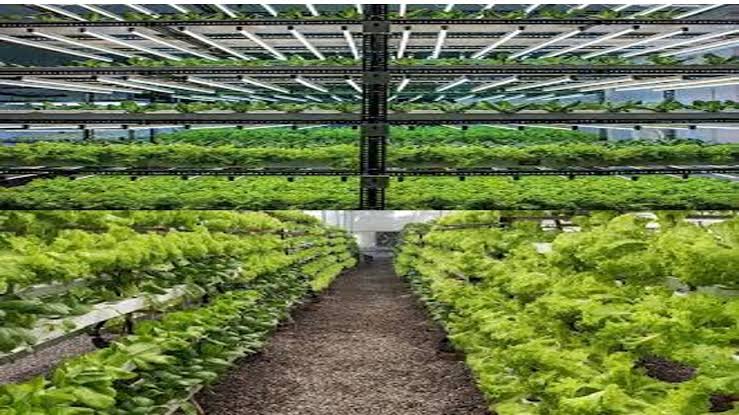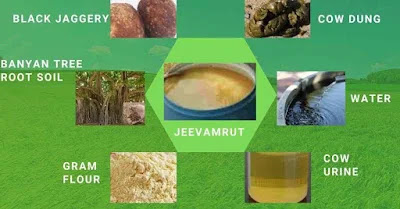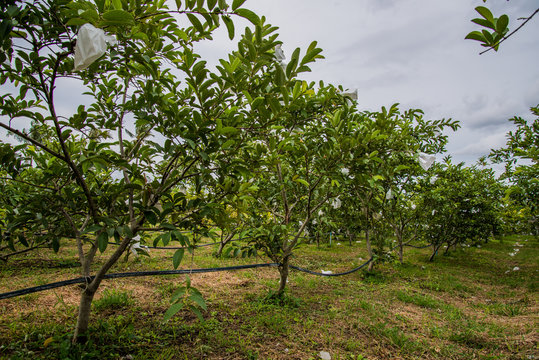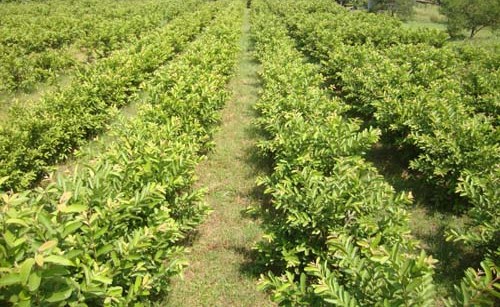Vertical Farming .
Key Aspects of Vertical Farming:
* Space Efficiency: Growing upwards maximizes the use of limited space, making it ideal for urban areas and regions with little arable land. Some vertical farms can achieve yields 10 to 20 times greater per acre compared to traditional farming.
* Controlled Environment Agriculture (CEA): Vertical farms typically operate under CEA principles, allowing for precise control over growing conditions year-round, regardless of external weather.
* Soilless Growing: Many vertical farms employ hydroponics (nutrient-rich water solutions), aeroponics (nutrient-rich mist), or aquaponics (integrated fish and plant systems), eliminating the need for soil.
* Reduced Resource Use: These methods often lead to significantly reduced water consumption (up to 90% less than traditional farming) and minimize the need for pesticides and herbicides.
* Localized Food Production: Vertical farms can be located in or near urban centers, reducing transportation costs, food miles, and associated spoilage.
Advantages of Vertical Farming:
* Increased Crop Yields: Higher production per unit area.
* Year-Round Production: Consistent harvests regardless of seasons or weather.
* Reduced Water Usage: Efficient water recirculation systems.
* Minimal Pesticide and Herbicide Use: Controlled environments limit pests and diseases.
* Localized Food Availability: Fresher produce with lower transportation costs.
* Efficient Land Use: Ideal for urban environments and areas with limited farmland.
* Predictable Harvests: Consistent quality and quantity of produce.
Challenges of Vertical Farming:
* High Initial Investment: Setting up the infrastructure and technology can be expensive.
* Energy Consumption: Artificial lighting and climate control can lead to high energy demands, although renewable energy sources are being explored.
* Technical Expertise Required: Managing these systems requires specialized knowledge.
* Limited Crop Variety: Not all crops are economically viable or easily grown in vertical farms. Currently, leafy greens, herbs, and some fruits like strawberries are most common.
* Pollination: Can be challenging in enclosed environments and may require manual or artificial pollination methods.
* Scalability: Expanding vertical farms to meet large-scale food demands presents logistical and economic challenges.
Despite these challenges, vertical farming holds significant promise for the future of agriculture, particularly in addressing food security concerns in urbanized areas and regions facing environmental limitations. Ongoing technological advancements and research are continuously working to improve the efficiency and economic viability of vertical farming systems.









